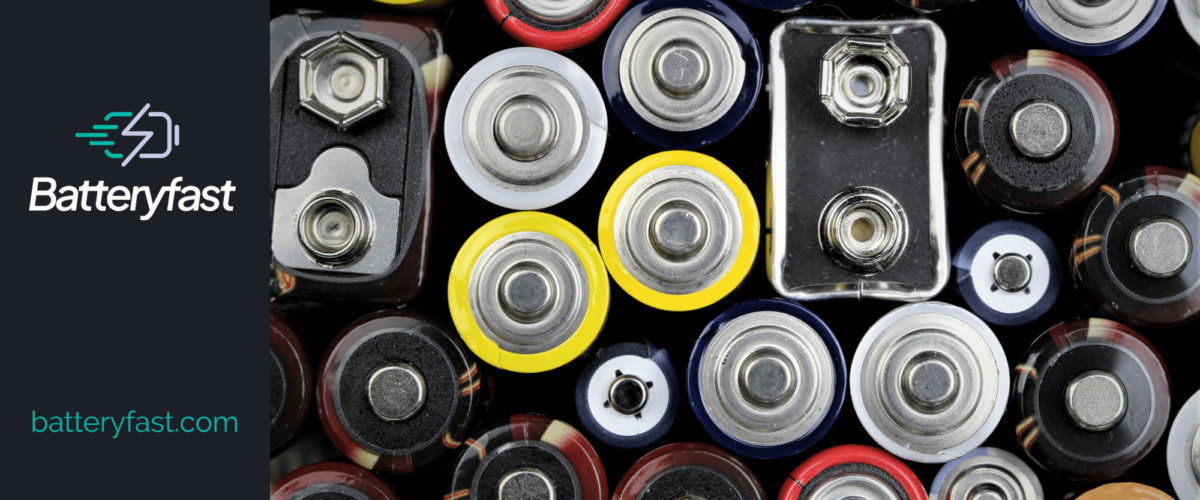The lithium-air (Li-air) battery works by using the cells inside to create voltage from the availability of oxygen molecules (O2). This is the positive electrode. The oxygen molecules (O2) then react with the positively charged lithium ions, forming lithium peroxide (Li2O2) and in doing so, generating electrical energy.
Electrons are removed from the electrode. This process empties or discharges the battery to a point where no more Li2O2 can be formed. Lithium-air batteries, also known as LABs, have the potential for efficiently storing energy. This application could help to solve future energy problems and environmental issues.
Lithium-air batteries (LABs) are believed to have the potential to hold up to anywhere between 5-15 times more energy than today’s lithium-ion batteries. They could be used for a variety of purposes, such as electric vehicle battery technology, and national electricity power grid backup, reducing electricity wastage.
However, Lithium-air batteries also have significant limitations. Lithium peroxide Li2O2 is a very poor electron conductor and tends to leave deposits over the electrode surface. Over time, this reduces the reaction inside the battery and eventually stops the batteries from producing power.
Battery technology is constantly evolving and through ongoing research, it is hoped that vast improvements will be made, perhaps involving Li-air technology.

